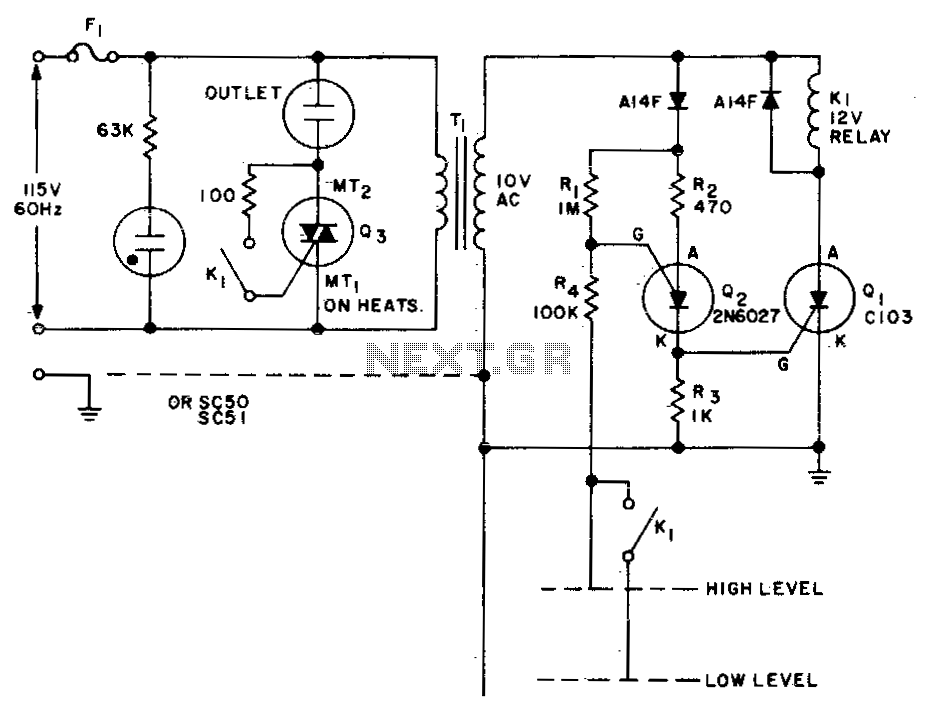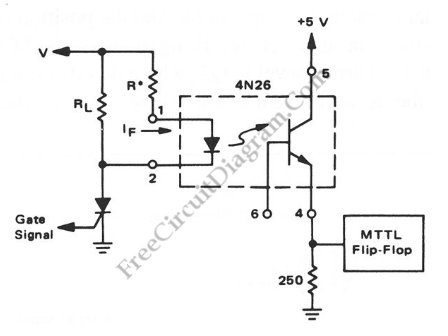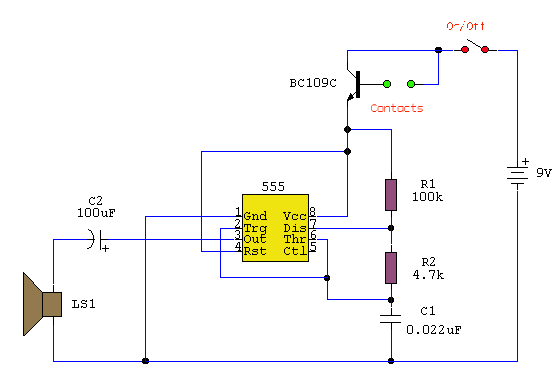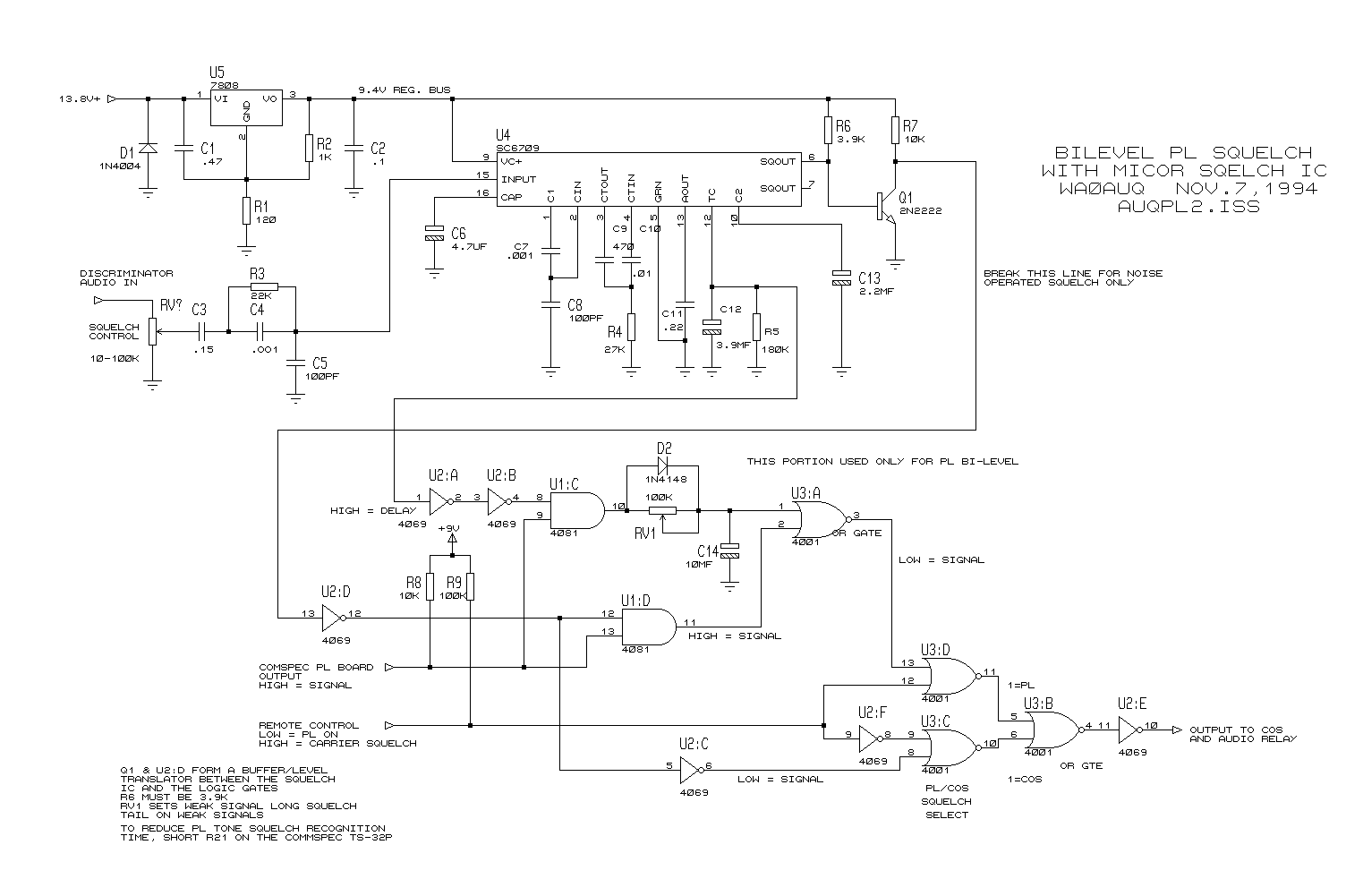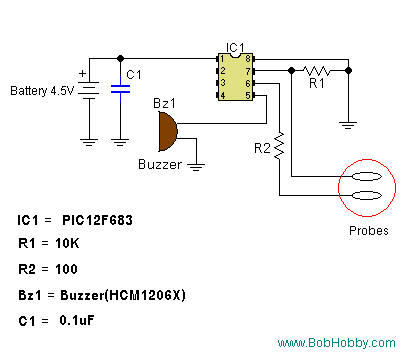
LM324 Water Level Sensor/Indicator
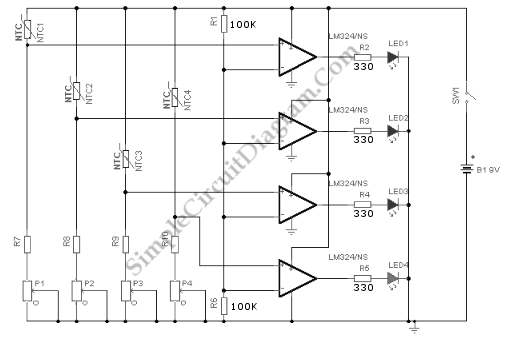
This is a hot water level indicator circuit. This circuit can be used to monitor the level of hot water in a tank. It is simple and inexpensive.
The hot water level indicator circuit is designed to provide a reliable method for monitoring the water level within a tank, ensuring that the operational parameters of hot water systems are maintained efficiently. The circuit typically employs a combination of sensors, such as float switches or conductive probes, to detect the water level.
In a basic configuration, the circuit may utilize a float switch that rises and falls with the water level. When the water reaches a predetermined level, the float switch activates, completing the circuit and triggering an indicator, such as an LED or a buzzer, to signal that the water level is adequate. Conversely, if the water level drops below a certain point, the switch will open, turning off the indicator and alerting the user to the low water condition.
For more sophisticated applications, conductive probes can be used to measure the water level. These probes can be placed at various heights within the tank, allowing for multiple level indications. When water contacts the probes, it completes the circuit, and the corresponding indicator activates. This method offers a more precise measurement of the water level and can be integrated with microcontrollers for automated monitoring and control.
The components required for constructing a hot water level indicator circuit typically include resistors, diodes, transistors, and the chosen sensing mechanism (float switch or probes). The circuit can be powered by a low-voltage power supply, ensuring safety and reducing energy consumption.
Overall, the hot water level indicator circuit is a practical solution for maintaining optimal water levels in various applications, from residential water heaters to industrial hot water systems, ensuring efficiency and preventing potential damage from low water levels.This is Hot Water Level Indicator circuit. This circuit can be used to monitor level of hot water in a tank. This circuit is simple and inexpensive. this.. 🔗 External reference
The hot water level indicator circuit is designed to provide a reliable method for monitoring the water level within a tank, ensuring that the operational parameters of hot water systems are maintained efficiently. The circuit typically employs a combination of sensors, such as float switches or conductive probes, to detect the water level.
In a basic configuration, the circuit may utilize a float switch that rises and falls with the water level. When the water reaches a predetermined level, the float switch activates, completing the circuit and triggering an indicator, such as an LED or a buzzer, to signal that the water level is adequate. Conversely, if the water level drops below a certain point, the switch will open, turning off the indicator and alerting the user to the low water condition.
For more sophisticated applications, conductive probes can be used to measure the water level. These probes can be placed at various heights within the tank, allowing for multiple level indications. When water contacts the probes, it completes the circuit, and the corresponding indicator activates. This method offers a more precise measurement of the water level and can be integrated with microcontrollers for automated monitoring and control.
The components required for constructing a hot water level indicator circuit typically include resistors, diodes, transistors, and the chosen sensing mechanism (float switch or probes). The circuit can be powered by a low-voltage power supply, ensuring safety and reducing energy consumption.
Overall, the hot water level indicator circuit is a practical solution for maintaining optimal water levels in various applications, from residential water heaters to industrial hot water systems, ensuring efficiency and preventing potential damage from low water levels.This is Hot Water Level Indicator circuit. This circuit can be used to monitor level of hot water in a tank. This circuit is simple and inexpensive. this.. 🔗 External reference
